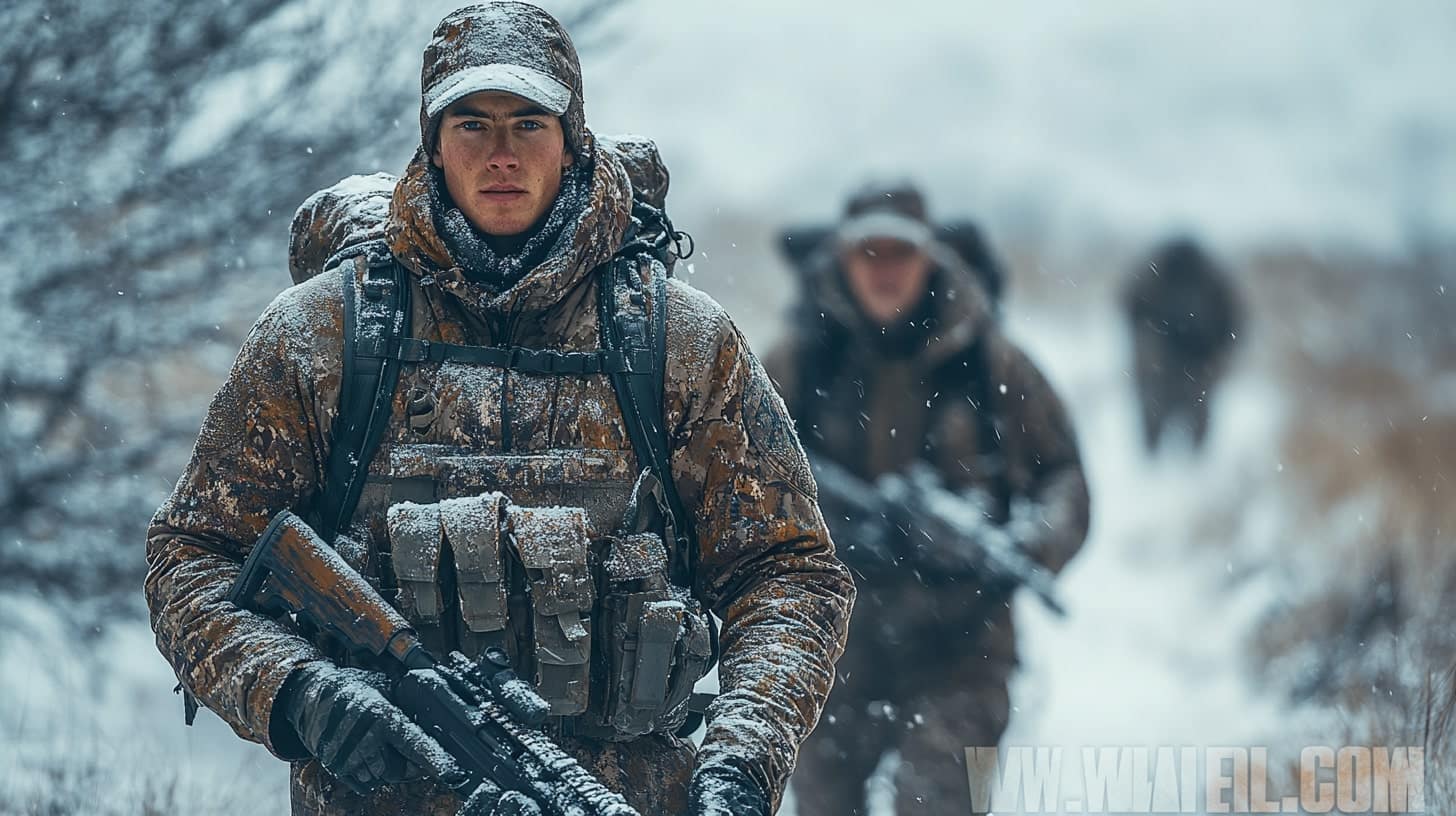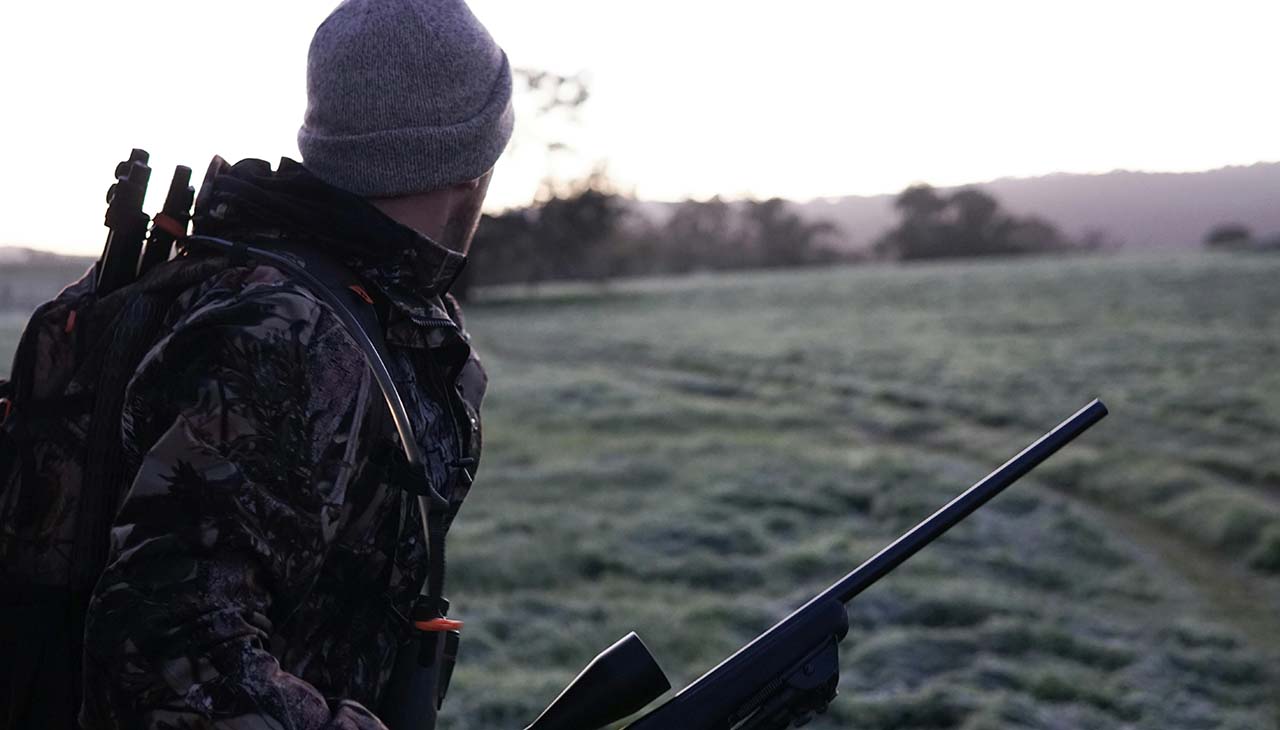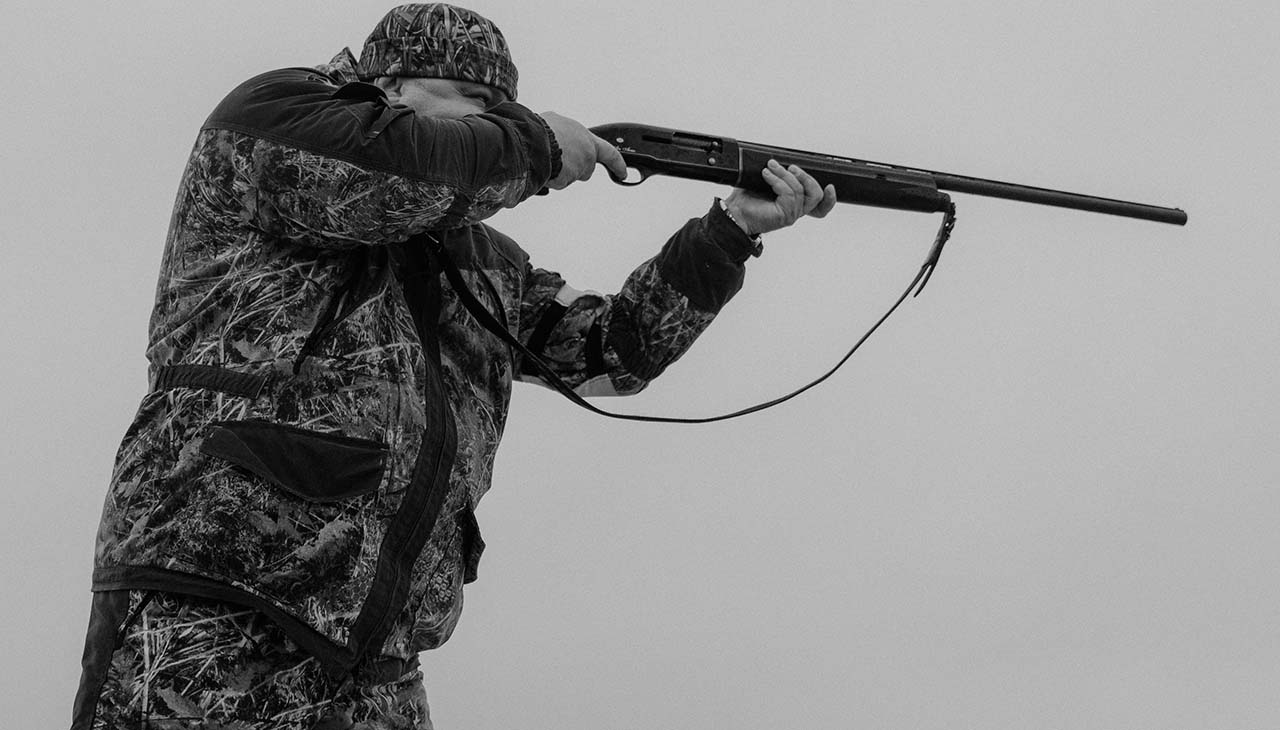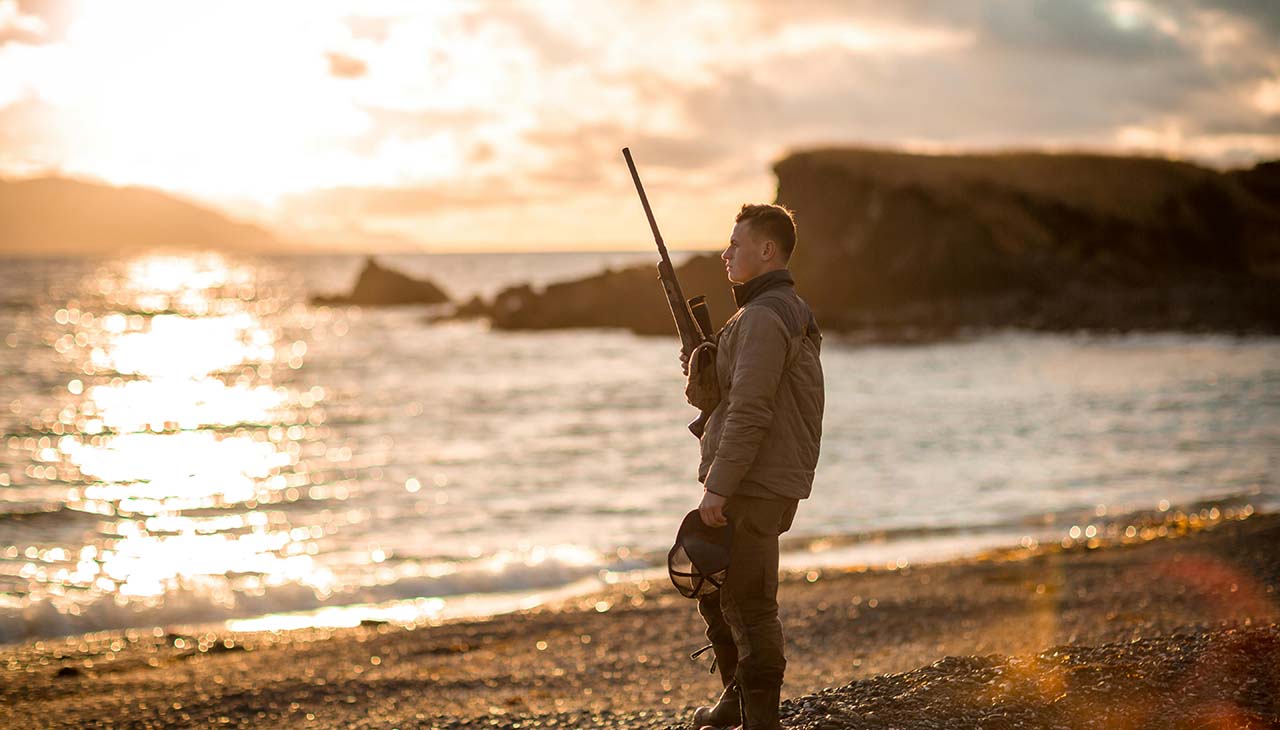Hunting is a time-honored tradition that blends skill, patience, and a deep connection to the great outdoors. Whether you’re heading into the wilderness for the first time or you’re a seasoned hunter, the right gear can make or break your experience. The perfect combination of equipment ensures comfort, safety, and a successful hunt. In this article, we’ll explore how to select the best hunting gear and provide practical tips for preparing for your next adventure.
Understanding the Basics of Hunting Gear
The cornerstone of every successful hunt is having the right gear. But with so many products on the market, it can be challenging to decide where to start. Your hunting gear should align with the type of game you’re pursuing, the environment you’ll be hunting in, and your personal needs. From clothing and footwear to weapons and accessories, each item serves a specific purpose.
For example, hunting in cold, wet climates requires insulated, waterproof clothing, while hunting in warmer regions demands breathable, lightweight fabrics. Similarly, the choice of firearm or bow will depend on the type of game, with larger animals requiring more powerful equipment. Understanding these fundamentals helps you make informed choices.
Clothing and Footwear: The Foundation of Comfort
Comfortable, durable clothing is essential for any hunter. Modern hunting apparel is designed to provide camouflage, protection, and functionality. When selecting clothing, consider the following:
- Camouflage Patterns: Choose patterns that match the environment you’ll be hunting in. For instance, woodland camouflage works well in forested areas, while desert patterns are ideal for open, arid landscapes.
- Weather Resistance: Waterproof and windproof clothing is vital for staying dry and warm in adverse conditions.
- Layering: Opt for a layering system that includes a base layer for moisture-wicking, a mid-layer for insulation, and an outer shell for weather protection.
Footwear is equally important. A sturdy pair of waterproof, insulated boots ensures comfort and stability during long treks. Always break in new boots before heading into the field to avoid blisters or discomfort.
Choosing the Right Weapon and Ammunition
Your weapon is one of the most critical components of your hunting gear. The type of firearm or bow you choose depends on the game and your hunting style. Popular options include:
- Rifles: Ideal for medium to large game such as deer or elk. Choose a caliber appropriate for the species you’re hunting.
- Shotguns: Versatile weapons suitable for birds and small game.
- Bows: For archery hunters, compound bows offer precision and power, while recurve bows provide a traditional hunting experience.
Equally important is selecting the right ammunition. High-quality bullets, shells, or arrows increase accuracy and reduce the likelihood of wounding an animal without a clean kill. Always test your weapon and ammunition before heading into the field to ensure reliability.
Essential Accessories for Every Hunter
Accessories can significantly enhance your hunting experience. Some must-have items include:
- Optics: A good pair of binoculars or a rifle scope is essential for spotting game from a distance. Look for optics with anti-reflective coatings and weatherproof construction.
- Backpack: Choose a durable, lightweight hunting backpack with compartments for organizing gear. It should be comfortable enough to carry for extended periods.
- Knife: A high-quality hunting knife is indispensable for field dressing game and other tasks.
- Game Calls and Decoys: Attract your target species with specialized calls and realistic decoys.
- Survival Gear: Pack a first-aid kit, fire-starting tools, and navigation equipment like a GPS or map and compass.
Safety First: Preparing for the Unexpected
Safety should always be your top priority when hunting. Being in remote areas presents risks, so preparation is essential. Before heading out, inform someone of your plans, including your location and expected return time. Carry a fully charged phone or a satellite communication device for emergencies.
Other safety considerations include:
- Hunter’s Orange: Wearing blaze orange ensures you’re visible to other hunters without alarming game.
- Water and Snacks: Stay hydrated and energized with plenty of water and high-protein snacks.
- Weather Awareness: Check the forecast and prepare for sudden changes in weather.
Research and Test Your Gear
The best hunting gear is the gear you’re comfortable and familiar with. Take the time to research and test your equipment before your trip. Practice shooting with your weapon, set up your optics, and break in new clothing or footwear. Testing your gear not only boosts confidence but also helps identify potential issues early.
Sustainability and Ethical Hunting
Responsible hunting involves respecting wildlife and preserving natural habitats. Always follow local regulations and practice ethical hunting. This includes taking only what you need, ensuring clean kills, and avoiding waste. By hunting responsibly, you contribute to conservation efforts and ensure the sustainability of the sport for future generations.
Conclusion
Choosing the right hunting gear is more than just a checklist; it’s about understanding your needs, the environment, and the game you’re pursuing. With the proper preparation, research, and equipment, you’ll set yourself up for a safe and successful hunting adventure. Remember, the goal is not only to achieve a successful hunt but also to enjoy the journey and connect with the great outdoors.For all your hunting gear needs, expert guides, and tips, visit EP Hunting. Discover a wide range of high-quality products and resources to make your next hunt unforgettable.



